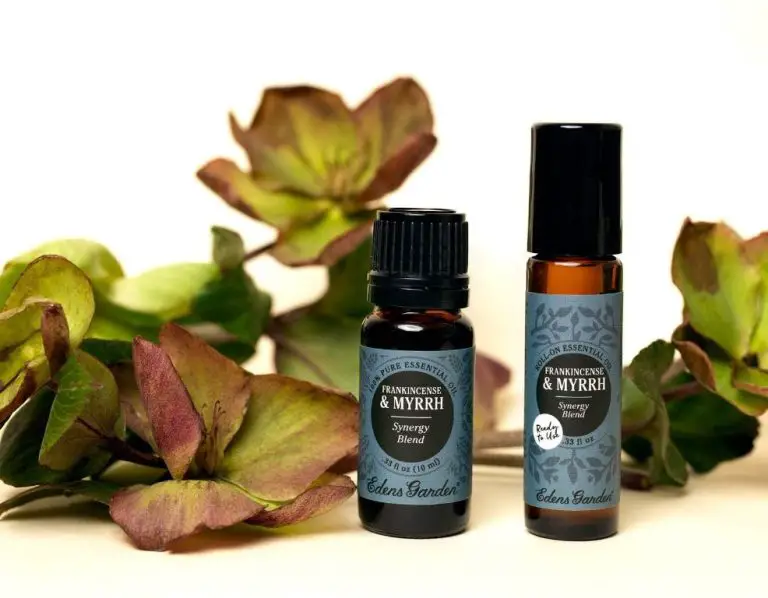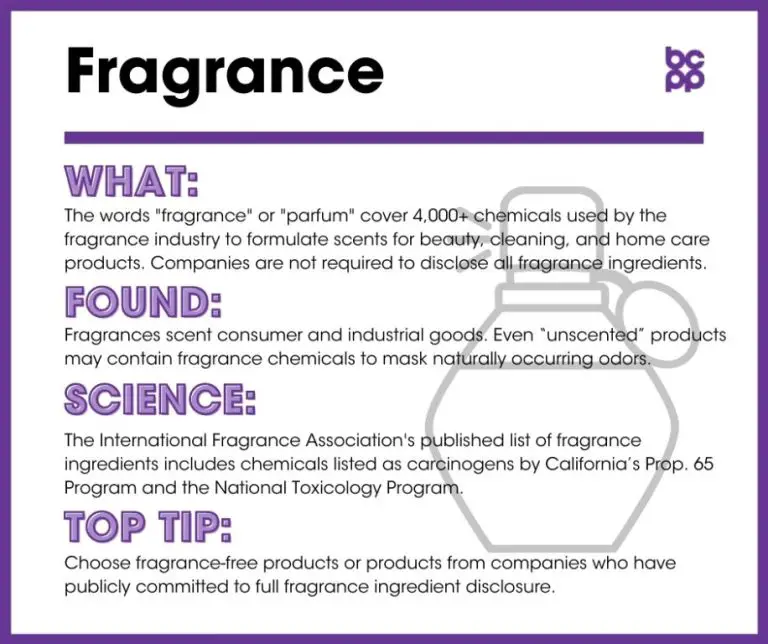How Do You Maximize The Smell Of A Candle?
Candles have been used for centuries to bring pleasant scents into homes and provide lighting. The scents from candles can evoke relaxation, improve moods, increase focus, and provide other benefits (Smith, 2023). People look for strong scents from their candles to more fully experience these benefits. The aroma from a candle can set the mood and ambiance of a room. Maximizing the scent from a candle can enhance these effects.
This article will overview methods to make the most of your scented candles. Properly trimming the wick, letting the wax pool, using a candle warmer, airflow, the right vessel, scent layering, proper storage, and knowing when you need a stronger scent can all help maximize how your candle’s fragrance fills the space.
Trim the Wick
The wick is key to maximizing a candle’s smell. According to the experts at Harlem Candle Company, “The wick acts like a straw, bringing the melted wax up to the top where it vaporizes and releases fragrance.”1 When left untrimmed, the wick curls and creates excess soot that traps fragrance. Trimming the wick to 1⁄4 inch helps it burn slower and cooler, allowing more time for fragrance to fill the room.
Only trim the wick when the candle is completely cooled. Use a dedicated candle wick trimmer or small sharp scissors. Cut the wick straight across to around 1⁄4 inch length. Paddywax recommends a trimmed wick for “a perfect candle burn” that allows scent “to disperse effectively.”2 With a neatly trimmed wick, you’ll enjoy the full fragrance the candle was designed to deliver.
Let the Wax Pool
The wax pool refers to the melted wax that forms on top of the candle as it burns. Allowing the wax to fully melt and pool before extinguishing the flame can maximize scent throw. According to The Candle Review, the larger the wax pool, the more fragrance that will be released into the air as the wax liquefies. The melted wax absorbs the scent, and the heat helps efficiently disperse the aroma.
Letting the wax pool completely from edge to edge ensures all the fragrance has melted out of the wax and into the air. Most candle experts recommend letting the wax pool for at least 4 hours before blowing it out. However, be careful not to let the wax pool for too long or too close to the container’s edge, as this could cause the liquid wax to spill over the sides.
Use a Warmer
One of the best ways to maximize candle scent is to use a candle warmer instead of lighting the wick directly. Candle warmers heat the wax gently to release fragrance without burning the candle. This provides more efficient scent dispersal throughout the room.
Candle warmers work by using a light bulb or heating plate to warm the wax, which causes the fragrant oils to evaporate into the air. The warmer allows the scent to spread evenly, unlike a lit candle where the scent tends to rise and dissipate above the flame. Warmers also help the candle last longer since no wax is burned in the process.
There are various styles of candle warmers such as plug-in warmers, lamp warmers, ceramic warmers, and fragrance fan warmers. Pluggable warmers like those from Candle Warmers Etc. (https://www.candlewarmers.com/warmers/fragrance-warmers/) allow you to use the candle while having flexibility to place it anywhere. Lamp warmers have a light bulb above to heat the wax. Ceramic warmers use a warming plate. Fan warmers use forced air to disperse scent. Choose a style that suits your needs and decor.
Place Near Airflow
Drafts and airflow can help carry scent from candles throughout a room or area. Placing a scented candle near a window, AC vent, or fan can allow the breeze to pick up and circulate the fragrance. Areas with natural airflow like near open windows or doors are great spots. The air movement helps diffuse the scent rather than keeping it concentrated in one spot.
However, too strong of a draft could cause issues like blowing out the flame or pooling wax to one side. Make adjustments to the candle placement as needed if the airflow is too direct or strong. But in general, a gentle breeze helps lift and spread the scent beautifully. Experiment with different spots in a space to find the sweet spot where the airflow enhances the throw of a candle. [1]

Choose the Right Vessel
The vessel you choose for your candle can significantly impact its scent throw. This refers to how well the fragrance is dispersed into the surrounding air. Smaller openings tend to amplify the scent because the aroma is concentrated and wafted upwards. Materials like glass, ceramics, and metals retain heat better than plastic or paper. The pooled wax radiates warmth which helps lift and circulate the scent. Opt for vessels that are shaped to maximize surface area exposure.
According to research from Creative Candles, “The vessel’s opening size makes a difference. Those with smaller openings rather than wider ones will offer a stronger scent throw.” And Jar Store’s blog advises choosing vessels that “retain heat, such as glass, metal tins, or ceramic containers.” This allows the wax to stay warm and diffuse more fragrance.
Avoid Scent Overload
When burning a scented candle, it’s important not to overload your sense of smell. Here are some tips:
Take regular scent breaks by extinguishing the candle for a period of time. Leaving the room or house for a while can “reset” your nose and prevent odor fatigue. Ventilate the room while the candle is not lit by opening windows or turning on fans.[1]
Limit the amount of time a scented candle burns. The longer a fragrance is heated, the more scent molecules are released into the air. Keep burning times short to avoid saturating the space.[2]
Be mindful of room size when burning candles. Smaller spaces get scented more quickly. Adjust wick size, wax volume, and burn time accordingly.
Layering candle scents can significantly boost aroma. Combining complementary scents creates a more complex, layered fragrance. When layered correctly, the final scent will be greater than the sum of its parts.
Layer Fragrances
Mixing multiple candle scents is one of the simplest ways to create a signature aroma. When scents complement each other, their fragrances interact to produce a unique sensory experience. Testing different scent combinations allows you to find pleasing blends tailored to your preferences.
The key is to mix complementary scents from the same fragrance family. Blending related scents like spices, florals, herbs, woods, or fruits will produce a cohesive final fragrance. Start with 2-3 scents and adjust the proportions through testing until you find a balanced blend you enjoy.
Alternatively, you can layer more adventurous scent combinations for a more dynamic effect. Contrasting scents can sometimes interact in exciting ways. For example, pairing fresh scents like citrus with sweet scents like vanilla can give uplifting yet comforting aromas. Just make sure any dramatically opposing scents still share some complementary qualities.
With testing and experimentation, layering scents can significantly increase candle fragrance for a more immersive sensory experience.
Store Properly
Proper storage is key for maximizing candle scent. The wax can absorb surrounding odors if not stored correctly. Be sure to store candles in sealed, airtight containers to prevent the wax from absorbing odors from the environment. According to Harlem Candle Company, you should avoid storing candles in places like the fridge or freezer, as this can cause condensation.
Climate control is also important. Store candles somewhere with a cool, even temperature below 80°F. Heat can cause the wax to soften and lose its shape. The ideal storage temperature is between 60-75°F. Keep your candles somewhere like a closet or basement where the temperature remains stable.
When to Try Stronger Scents
Potency fades over time as the fragrance oils evaporate from the wax. The rate of fading can depend on the fragrance oil chemistry and how the candle is stored and burned. Many candle makers recommend increasing scent strength for candles more than a few months old.
Choose high fragrance oil options marketed for their intensity and ability to scent a room. These oils tend to have higher concentrations and more complex chemical compositions to achieve fuller aromas. Popular options include essential oils, which come from natural plant sources.
Compared to synthetic fragrance oils, essential oils offer natural scents that can provide a stronger aromatic experience. Since they lack artificial stabilizers, essential oil scents tend to fade faster but provide purer, more vivid top notes when fresh. Blending essential oils like eucalyptus, citrus, or mint can create intense herbal and crisp scents.




